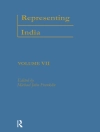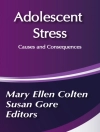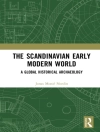What was distinctive about the founding principles and practices of Quakerism? In George Fox and Early Quaker Culture, Hilary Hinds explores how the Light Within became the organizing principle of this seventeenth-century movement, inaugurating an influential dissolution of the boundary between the human and the divine. Taking an original perspective on this most enduring of radical religious groups, Hinds combines literary and historical approaches to produce a fresh study of Quaker cultural practice. Close readings of Fox’s Journal are put in dialogue with the voices of other early Friends and their critics to argue that the Light Within set the terms for the unique Quaker mode of embodying spirituality and inhabiting the world. In this important study of the cultural consequences of a bedrock belief, Hinds shows how the Quaker spiritual self was premised on a profound continuity between sinful subjects and godly omnipotence. This study will be of interest not only to scholars and students of seventeenth-century literature and history, but also to those concerned with the Quaker movement, spirituality and the changing meanings of religious practice in the early modern period.
Innehållsförteckning
Acknowledgments A note on Fox’s Journal Introduction: Seamless Subjects 1. ‘As the Light appeared, all appeared’: The Quaker Culture of Convincement. 2. ‘Let your lives preach’: The Embodied Rhetoric of the Early Quakers. 3. ‘And The Lord’s Power Was Over All’: Anxiety, Confidence and Masculinity in Fox’s Journal. 4. A Technology of Presence: Genre and Temporality in Fox’s Journal. 5. ‘Moved of the Lord’: The Contingent Itinerancy of Early Friends. 6. The Limits of the Light: Silence and Slavery in Quaker Narratives of Journeys to America and Barbados Conclusion: Singularity and Doubleness Index
Om författaren
Hilary Hinds is Senior Lecturer in English Literature at Lancaster University.












